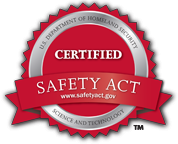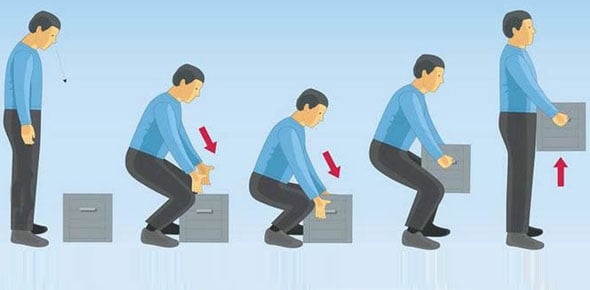1. They highlight potential problems: If there are problems lurking behind the scenes, this can lead to accidents and other negative consequences for a business. The sooner you identify and address them, the better prepared your business will be for assisting its clients.

2. They increase employee awareness: Audits can serve to increase an employee’s awareness and understanding of environmental and safety regulations.
3. They enhance your company’s credentials: If you are bidding for clients or looking into new business, you will find that the majority of companies expect you to have proper health and safety procedures in place. Having positive public relations on the back of this will ultimately benefit your business goals.
4. They save you money: A health and safety audit provides a calculated analysis of procedures and provides fact-based changes to be implemented. This will save you from wasting money on what may be little more than second guesses about procedures and benefit areas, such as employee sick leave.
5. They help you comply with the law: There are different regulations and laws in place to ensure safety within different industries. If you are not abiding by these laws, it can lead to your business getting in trouble with the authorities or possibly being shut down. Knowing that you have the proper regulations in place and eliminating the risk of injury in the workplace will ultimately benefit you and your employees. The audit process can also be an opportunity to demonstrate your company's commitment to compliance.
6. They may be viewed favourably by regulatory agencies. A thoroughly completed audit with proper follow-up can signal that your company is making a good-faith effort to comply with applicable regulatory requirements.
If a third party conducts your audits, there are a further 4 advantages
7. They will offer knowledge and validation: Third-party audit companies have the benefit of having conducted audits in multiple environments and are able to share best practices that can strengthen individual programmes, industry-wide knowledge held by a third-party provider can serve to validate existing programmes and provide recommendations for growth or change when deemed necessary.
8. They will offer objectivity: Third-party auditors are able to come in and provide a completely neutral assessment and review of a company’s systems and processes without the natural familiarity that occurs over time with regular staff and day-to-day routines.
9. They offer greater results accuracy: Due to objective positioning, the results of a third-party audit provide a more accurate review of what is occurring within multiple environments of a company in regards to safety practices.
10. They can lower your business impact: Audits conducted internally can be taxing on time and labour resources and take away from overall business function. A third-party auditor is able to enter a location for the sole purpose of conducting an audit and conduct the audit and interviews in a timely and efficient manner without interrupting the efficiency of the company.


